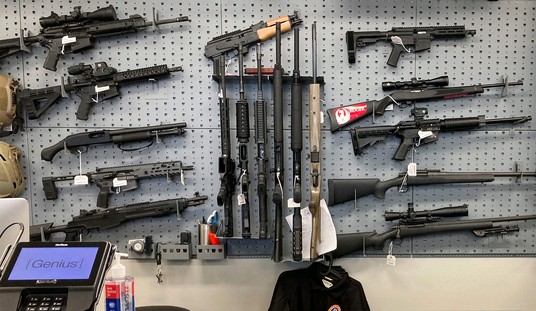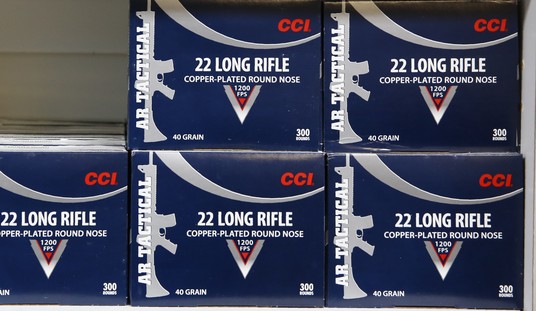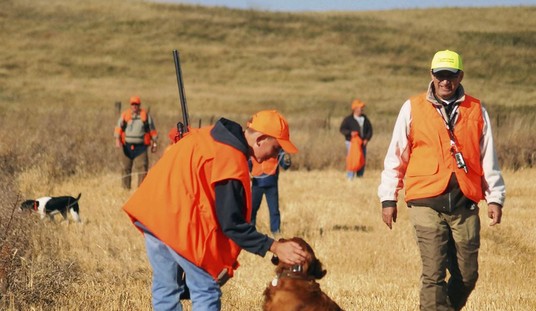A suspect in Tulsa (OK) decided to fight an officer for his weapon in a 2013 struggle, and for the first time in at least 20 years in the city, the officer decided that it was time for the suspect to get the point.
A Tulsa police officer stabbed a suspect after the suspect grabbed his gun and tried to get it out of his holster.
The officer happened to have a knife and used it to stop the suspect and stay alive.
People who have been on the department for 20 years say they can’t ever remember a time when an officer saved himself by using a knife.
The suspect, Jeremy Thomas, 38, was released from the hospital Thursday and booked into the Tulsa County jail. He was transferred to jail in Osage County, where he was wanted for driving without a valid driver’s license and speeding.
Witnesses heard the officer yelling over and over, “Let go of my gun, let go of my gun.”
It’s a reminder of how dangerous police work is and how fast things can turn deadly.
Rookie officers in Tulsa are trained to defend themselves and protect their gun during a struggle.
Officers say those skills aren’t needed all that often.
“We have people resist us, trying to escape, all the time—that’s very common for officers to deal with that,” said Sgt. Virgil Litterell. “It’s not common to have somebody take it a lot further, attack you, tackle you to the ground, start punching you in the face in a brutal assault against the officer. That’s not common, at all.”
Litterell trains rookies in hand-to-hand combat situations. He said being attacked can happen very fast, and fights, unlike the movies, are filled with exhaustion and fear.
He said people have the misconception police officers somehow breeze through these situations.
“The average officer is not some skilled MMA/UFC type fighter. They’re not. The average officer is a lot like anybody else,” Litterell said. “They’ve had some training, for sure, but they’re nowhere near a practiced or skilled fighter. Their fitness program mirrors the average citizen. They’re not super human.”
He said deadly force decisions are never easy, but if someone is shooting at an officer, it’s pretty basic: the officer shoots back.
In a fight, though, he said it can be tough to decide when to switch from fighting to using something that could kill the suspect.
Small fixed-blade knives (SFBs) still aren’t standard equipment for most officers, but they are becoming much more common. They’re typically worn on the front of the body in a position where they can be drawn either hand, but are generally optimized for off-hand access.
The theory behind the carry of these knives is that they can be drawn by the officer’s off-hand if there is a struggle over the officer’s gun, and used to slash or filet the offender’s arm attempting to grab the officer’s gun, thus ending the grab attempt.

Because these knives are “get off me” knives primarily designed to change a suspect’s behavior the blades are typically compact. The Ka Bar TDI line of law enforcement knives is very popular for this purpose, and are becoming popular with concealed carriers for the same reason.
I’m not yet carrying a SBF, but as weapon grabs do happen, and deploying a folding knife often fails in both real world and in training scenarios, I’m seriously considering it. I’ve looked at the TDIs, and I’ve considered karambits, but they require more training to get the best use out of them than I can commit to obtaining right now.
Another SFB knife that I’m seeing quite a bit is the clinch pick. It’s a more aggressive design from Craig Douglas of Shivworks, which seems to designed for being “sewing machined” into soft lower vital areas, then ripped upwards to eviscerate bad guys. Yikes.
Which SFB knife will I end up adding to my every day carry? I don’t yet know. What I do know is that blades don’t jam, and a dedicated fixed blade is something that makes a lot of sense as a backup weapon, especially if you end up in an entangled ground fight struggling for control of a primary weapon.
This Tulsa officer used a SFB knife to stop an attempted gun take-away that likely would have ended in either the suspect or the officer being shot to death. He prepared himself to have other options at his disposal, and giving yourself more options in a self-defense context is almost always better.








Join the conversation as a VIP Member